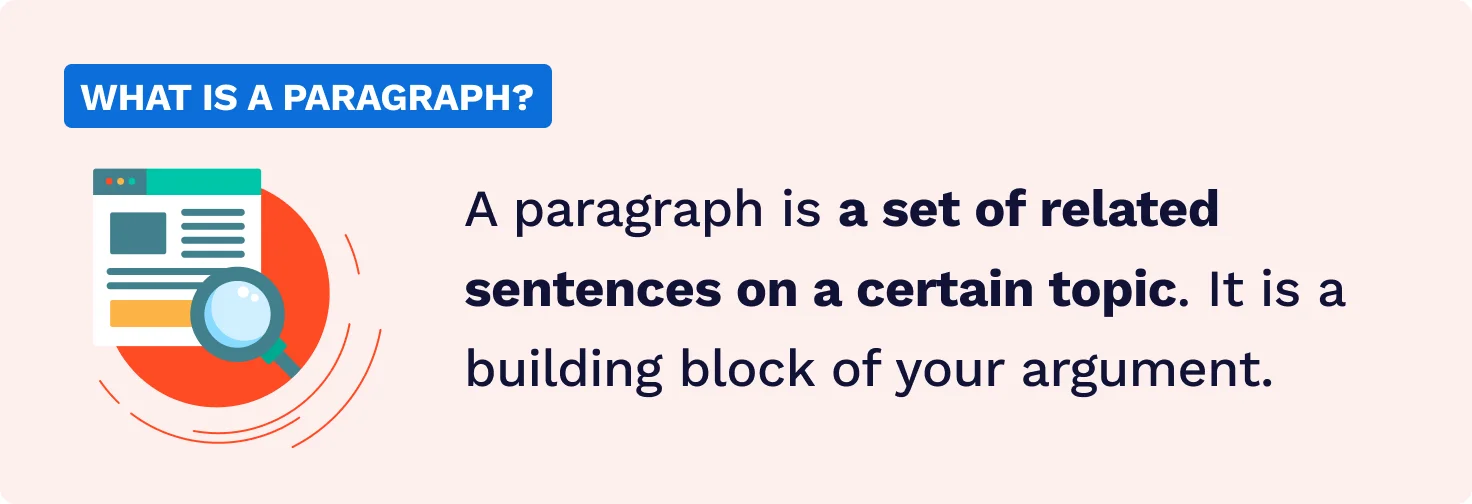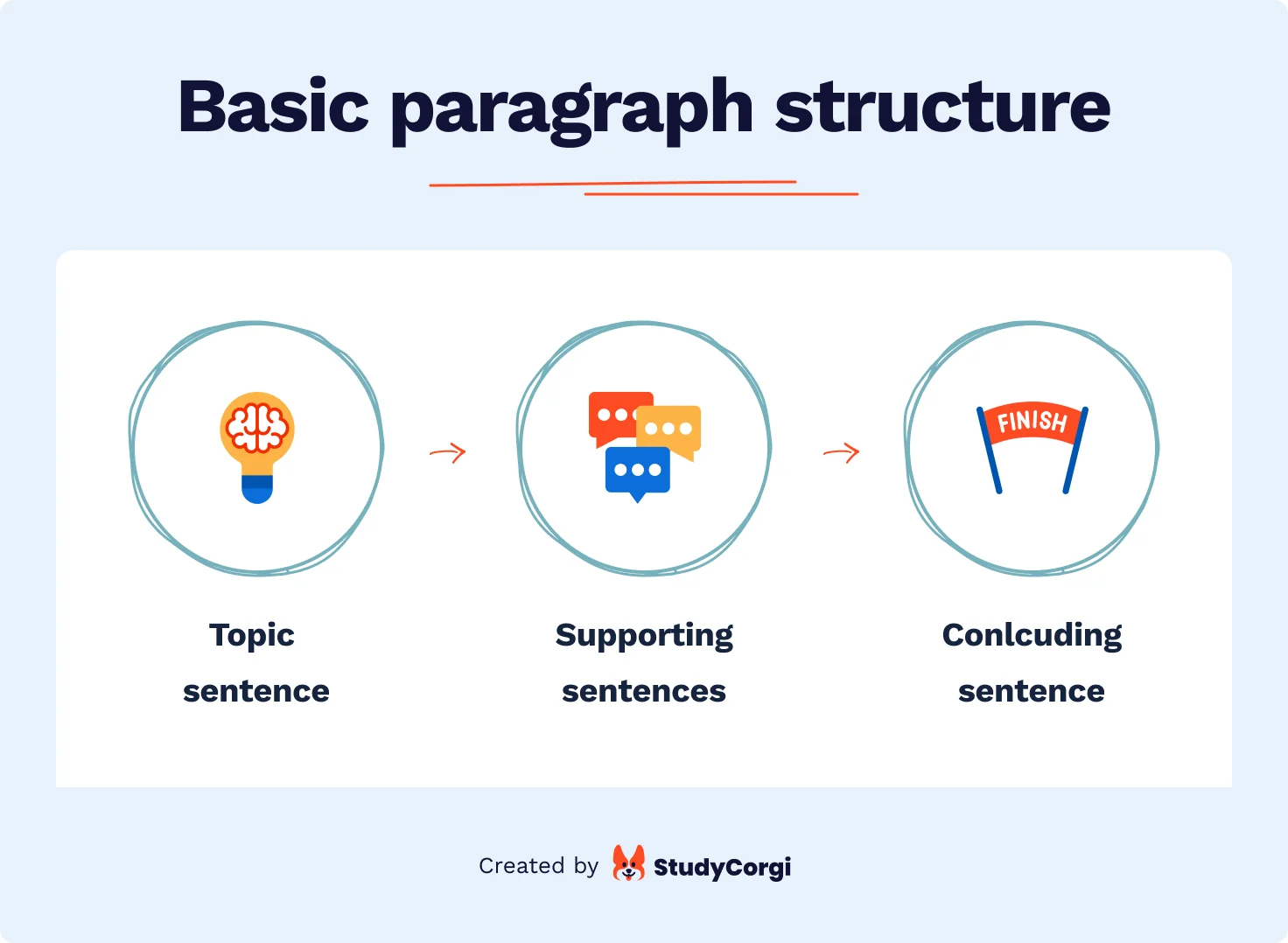👍 Paragraph Changer: the Benefits
Here are the key benefits of this paragraph changer.
✅ Paragraph Rewriter: 4 Reasons to Use It
- You need to create an original paragraph based on the one you found in the literature. Meanwhile, you don’t have enough time to rephrase it manually.
- You would like to change the tone or style of a paragraph you wrote.
- An assignment requires you to prepare an indirect quote, i.e., transmit an author’s idea in your own words.
- You need to introduce minor changes to a text and modify about 20 to 40 percent of its words. Sometimes, it is reasonable to make it paragraph by paragraph.
How Does a Paragraph Rewriter Work?
This paraphrasing tool has inbuilt software that reads a paragraph, analyzes its meaning and structure, and produces a brand-new line. It keeps the main idea and the layout of sentences, and in most cases, it preserves the word count. But the words used to convey the message are different. Note that the style might also change in the process.
📑 What Is a Paragraph in Academic Writing?
In any text, a paragraph is a set of related sentences on the same topic. It is a building block of your argument. When used with correct punctuation, sections create a structure, which is indispensable in academic writing.

The basic rule in writing paragraphs is to dedicate each of them to only one idea.
Each time you move on to a new thought, you should start a new line.
But there can be one idea with several sentences of supporting information within a single paragraph. How can you tell if it is the same topic or a new one? A paragraph can have several points if they relate to the general idea of the line. If the points are too long, it is better to elaborate on them in separate paragraphs.
4 Qualities of a Good Paragraph
🧱 Basic Paragraph Structure
Academic writing allows for longer and more developed paragraphs than many other genres. Still, the most straightforward and commonly accepted formula is described below.

Topic Sentence
This introductory line opens your idea to the reader. It is similar to a movie preview, explaining the overall message without providing details. A topic sentence should contain the point you plan to make regarding the topic. Identical to a concluding sentence, it is a summary of the paragraph.
If you are an experienced writer, you can move the topic sentence forward inside the paragraph. It shouldn’t necessarily be the first one. But never use a clear idea here, as it won’t draw the reader’s attention.
Supporting Sentences
These sentences should be interlinked and coherent. The worst thing to do is stuff a paragraph body with random facts without proper explanation. Here’s how to avoid it.
For a five-paragraph essay, the order of your supporting sentences should be as follows:
- The first sentence of this part elaborates on the topic,
- the second one gives an example,
- the third sentence explains it.
However, you can increase the respective number of sentences for a long paragraph in other academic papers. We will provide more information about this structure in the next section, “Write a Perfect Paragraph in 5 Steps.”
Concluding Sentence
It reinforces (and not just rewords) the idea of the topic sentence and ties everything together. It should also confirm the discussion above, reminding the reader of how it refers to the thesis statement. Never disagree with your supporting evidence here (for example, starting the concluding sentence with “Despite”). Instead, you could foreshow what will come in the following line.
👣 Write a Perfect Paragraph in 5 Steps
- Formulate the main idea in the topic sentence.
It is a label or flag of your paragraph. Everything that comes next should logically follow this sentence. - Develop the main idea.
The following sentence should provide an explanation, related statement, or implication of the topic line. It highlights the importance of your idea and outlines the direction of further thought. - Exemplify.
Illustrate the previous two sentences with facts, data, statistics, or other knowledge. - Explain the examples.
It is the most challenging part. Explain how the example relates to the central idea and why you have used it at all. - Draw the line under the controlling idea.
Remind your reader this information is relevant to the entire paper. You could also give a transition to the following paragraph.
Paragraph Example
Here is what we’ve got when following the above-described steps:
Example:
Corgis can be easily trained due to their herding past. They have been used as herders since the 10th century, and over the ages, they have learned to obey humans. Because of their short legs, corgis could bite the cows’ ankles but could not be kicked by the cattle in retaliation. Thus, their physical qualities made them good herders. As a result, the herding “career” made corgis professional human assistants, but at the same time, it gave them some negative features.
👌 How to Reword a Paragraph
Sometimes you have to rewrite a paragraph to eliminate its drawbacks. Below we will explain when it may be necessary and how you could do it in the most efficient way.
Here are the main steps to reword a paragraph:
- Read a paragraph several times to get the main idea and how it is explained.
- Put away the original and write what you remember in your own words.
- Make sure to avoid plagiarism: use synonyms and change the sentence structure.
- Compare the original with your reworded text and find what you’ve missed.
- Add the missing details if necessary.
A Paragraph to Rewrite
Example:
Your corgi’s boredom becomes destructive if it is left without human company for more than several hours. You won’t be able to work full-time with a dog of this breed. If your timetable is unpredictable and you spend most of the day outdoors, the independent spirit of your dog will ruin your place. Consider adopting a different, “low-maintenance” breed, which requires less attention.
A Rewritten Paragraph
Example:
Corgis are challenging to keep because they require a lot of physical and emotional stimulation to thrive. When they are left alone for long time, their boredom can lead to destructive behavior. For example, you’ll have to choose between working full-time and your furniture, shoes, books, and even appliances. If you have an unpredictable schedule and spend much of the day outside, your dog will ruin your place due to its independent nature. You’ll also have to spend a fortune on new toys and diversions. If it sounds overwhelming to you, consider adopting a different breed that doesn’t requires so much attention.
Thank you for reading this article! If you are not completely satisfied with the result of paraphrasing, try one of our highly specialized tools for various types of content:
- Essay rephraser
- Paragraph rewriter
- Sentence rewriter
- Phrase rewriter
- Paper rewriter
- Thesis rephraser
- Text reworder
- Poem paraphraser
- Essay reworder
Updated: